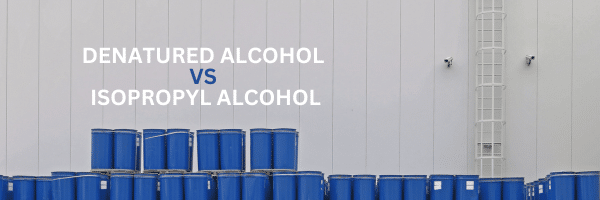Thinking about making the switch to greener chemicals? You’ve come to the right place. With new PFAS regulations being implemented to protect people and the environment, many businesses are searching for safer alternatives, but finding the best product for your...












